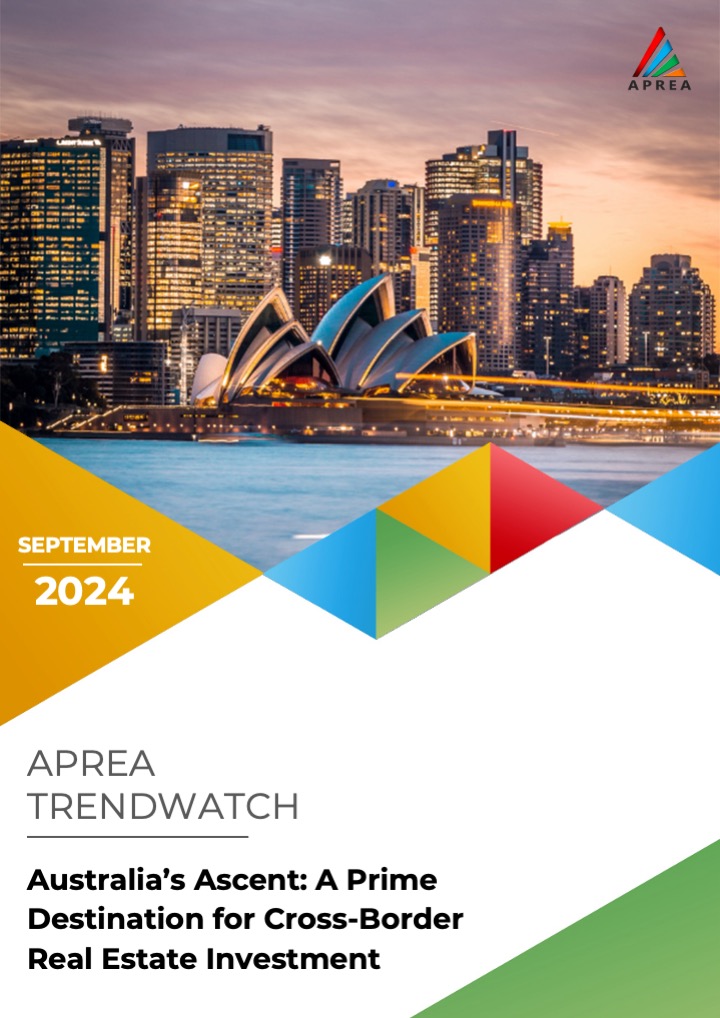Cushman & Wakefield released its 2023 Sustainability Report, highlighting the firm's global impact and progress across key sustainability areas. The report underscores the company's commitment to embedding sustainability in its operations and service offerings, helping clients achieve their goals while strengthening corporate reputation and mitigating risks. It reflects Cushman & Wakefield's focus on transparency, accountability, and continuous improvement in environmental, social, and governance (ESG) performance. Chief Sustainability Officer Jessica Francisco emphasized the firm's dedication to shaping a sustainable future, not only for clients and stakeholders but for the planet. Cushman & Wakefield is actively reducing its environmental impact, fostering a diverse and inclusive workplace, and enabling clients to meet their sustainability objectives. With ambitious future targets, the firm is focused on taking immediate action for a better, more sustainable future.
View the Report Read MoreIn the first half of 2024, Asia Pacific's data center markets reached nearly 12GW in operational capacity, adding 1.3GW of new supply, marking the largest recent increase. Demand matched this growth, signaling healthy market conditions. The region has 4.2GW under construction and 12.0GW in planning, a 2.8GW rise since the end of 2023. The top six markets—Chinese Mainland (4.2GW), Japan (1.4GW), India (1.4GW), Australia (1.2GW), Singapore (0.98GW), and South Korea (0.65GW)—account for 85% of the total capacity. Malaysia (Johor) led in growth with an 80% rise, followed by India at 28%. Both nations also show strong development pipelines. Japan, India, and Australia are seeing increased investment from cloud service providers and colocation players, with their overall capacities projected to reach 4GW or more. Chinese Mainland leads with 6.5GW, while South Korea’s growth remains modest due to regulatory changes. Across the region, policies focus on energy efficiency, innovative technologies, and carbon footprint reduction to support ongoing expansion.
View the Report Read MoreKey Takeaways
As we navigate the dynamic landscape of India’s commercial real estate market, it is evident that the industry has shown remarkable resilience and growth, even in the wake of global economic challenges. The impressive GDP growth projections for FY 2025 and beyond underscore India’s position as the fastest-growing major economy. This economic vitality is a catalyst for the office space market, driving occupier activity and creating a buoyant environment for growth.
The commercial real estate industry stands at a pivotal juncture, with unique opportunities to realign and reinvent workspaces. Occupiers are now looking beyond basic amenities to focus on employee well-being, and flexible office space operators are well-positioned to meet these evolving demands. The industry’s ability to provide customized, flexible office solutions is increasingly favoured by not just freelancers and startups, but also by medium and large enterprises.
The growth and resilience of India’s office space market is evident from the sustained increase in transactions and the rising share of flex spaces. Flex space operators are expanding in Tier 1 cities and venturing into Tier 2 cities, reflecting the diverse and growing market needs of the occupier landscape.
The industry’s evolution from coworking spaces to managed offices reflects its ability to adapt and thrive in changing business environments. Furthermore, the integration of ESG principles and emerging technologies into operations underscores its commitment to sustainability and operational efficiency. These initiatives not only enhance user experience but also align with the strategic priorities of modern businesses.
Flex space operators are not only ready for the future but are actively shaping it. Investments in technology, ESG initiatives, and flexible offerings position them to meet the demands of today’s discerning occupiers. With India’s robust economic growth and the industry’s innovative approach, the future looks promising.
Download the Report Read MoreAustralia's stable economy, transparent market, and attractive investment conditions have made it a top destination for cross-border real estate investment, particularly in sectors like logistics, living, and life sciences. Key cities such as Sydney and Brisbane are leading the way, driven by infrastructure developments, strong rental growth, and positive population dynamics.
Learn more about how Australia offers significant opportunities for global investors to capitalize on promising sectors and favorable market conditions.
